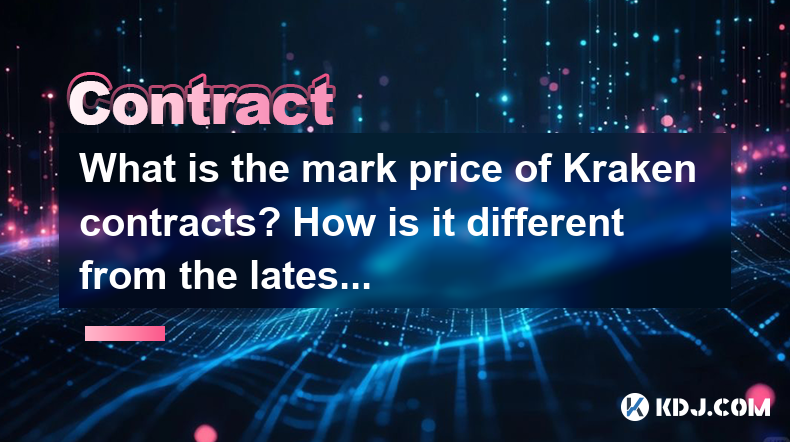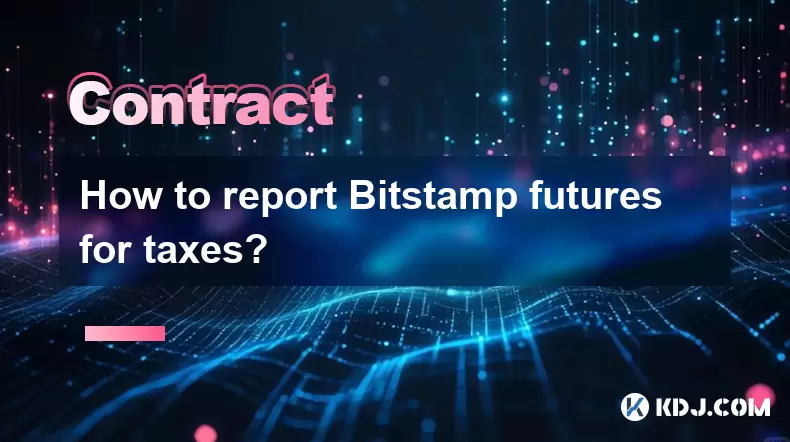-
 Bitcoin
Bitcoin $115000
1.10% -
 Ethereum
Ethereum $3719
2.93% -
 XRP
XRP $2.997
2.56% -
 Tether USDt
Tether USDt $1.000
0.02% -
 BNB
BNB $766.7
0.98% -
 Solana
Solana $169.6
3.97% -
 USDC
USDC $0.9999
0.00% -
 TRON
TRON $0.3391
1.82% -
 Dogecoin
Dogecoin $0.2060
3.53% -
 Cardano
Cardano $0.7429
2.91% -
 Hyperliquid
Hyperliquid $38.02
1.70% -
 Stellar
Stellar $0.4021
3.23% -
 Sui
Sui $3.515
3.31% -
 Bitcoin Cash
Bitcoin Cash $574.2
2.68% -
 Chainlink
Chainlink $16.85
3.10% -
 Hedera
Hedera $0.2461
1.54% -
 Ethena USDe
Ethena USDe $1.001
0.02% -
 Avalanche
Avalanche $22.28
1.26% -
 Litecoin
Litecoin $118.3
1.25% -
 UNUS SED LEO
UNUS SED LEO $8.923
-0.75% -
 Toncoin
Toncoin $3.255
2.35% -
 Shiba Inu
Shiba Inu $0.00001239
2.42% -
 Uniswap
Uniswap $9.834
3.77% -
 Polkadot
Polkadot $3.690
2.48% -
 Dai
Dai $1.000
0.02% -
 Monero
Monero $282.9
-3.30% -
 Bitget Token
Bitget Token $4.367
0.70% -
 Cronos
Cronos $0.1454
5.37% -
 Pepe
Pepe $0.00001055
3.60% -
 Ethena
Ethena $0.6156
8.72%
What is the mark price of Kraken contracts? How is it different from the latest transaction price?
Kraken's mark price, a blend of latest trade and fair price, ensures a stable value for futures, reducing liquidation risks for traders.
May 01, 2025 at 06:22 pm

The mark price of Kraken contracts is a critical concept for traders engaging with futures and options on the Kraken exchange. Mark price is a calculated value used to determine the fair value of a futures contract, which helps to prevent market manipulation and liquidation issues. Unlike the latest transaction price, which reflects the most recent trade executed on the exchange, the mark price is designed to be a more stable and reliable indicator of the contract's true value.
Understanding the Mark Price on Kraken
The mark price on Kraken is calculated using a combination of the latest transaction price and the fair price, which is derived from the spot price of the underlying asset. This method aims to mitigate the impact of potential price manipulation or short-term volatility spikes. The formula for the mark price involves taking a weighted average of the last trade price and the fair price, ensuring that the mark price remains a more accurate reflection of the contract's value over time.
Differences Between Mark Price and Latest Transaction Price
The primary difference between the mark price and the latest transaction price lies in their purpose and calculation methodology. The latest transaction price is simply the price at which the most recent trade occurred, which can be influenced by various factors such as liquidity, market sentiment, and potential manipulation attempts. On the other hand, the mark price is designed to be a more stable and fair representation of the contract's value, reducing the risk of liquidations caused by temporary price anomalies.
Why Mark Price Matters for Kraken Traders
For traders on Kraken, understanding the mark price is crucial for effective risk management. Since the mark price is used to determine whether a trader's position is subject to liquidation, it is essential to monitor the mark price rather than solely relying on the latest transaction price. By doing so, traders can better anticipate potential margin calls and adjust their positions accordingly, ensuring they are not caught off guard by sudden price movements.
Calculating the Mark Price on Kraken
To illustrate how the mark price is calculated on Kraken, consider the following hypothetical example. Assume the latest transaction price of a Bitcoin futures contract is $40,000, and the fair price, derived from the spot price of Bitcoin, is $39,900. Kraken's mark price calculation might involve taking a weighted average of these two values, such as:
- Latest Transaction Price: $40,000
- Fair Price: $39,900
- Mark Price: (0.7 $40,000) + (0.3 $39,900) = $39,970
This example demonstrates how the mark price can differ from the latest transaction price, providing a more stable reference point for traders.
Impact of Mark Price on Liquidation
The mark price plays a significant role in the liquidation process on Kraken. When a trader's position approaches the liquidation threshold, Kraken uses the mark price to determine whether the position should be liquidated. This approach helps to protect traders from being liquidated due to temporary price spikes or manipulation attempts. By using the mark price, Kraken ensures that liquidations are based on a more reliable and fair value of the contract, reducing the risk of unnecessary losses for traders.
Practical Example of Mark Price in Action
To further illustrate the importance of the mark price, consider a scenario where a trader holds a long position in a Bitcoin futures contract on Kraken. The latest transaction price suddenly spikes to $42,000 due to a large buy order, but the fair price remains at $40,000. If Kraken used the latest transaction price for liquidation purposes, the trader might face an unexpected margin call. However, by using the mark price, which would be closer to $40,000 in this scenario, the trader's position remains safe, allowing them to continue holding their position without unnecessary liquidations.
How to Monitor Mark Price on Kraken
Monitoring the mark price on Kraken is essential for effective trading. Traders can follow these steps to keep track of the mark price:
- Log into your Kraken account and navigate to the futures trading section.
- Select the specific futures contract you are interested in.
- Look for the "Mark Price" indicator on the trading interface, which is usually displayed alongside the latest transaction price and other key metrics.
- Set up custom alerts to notify you when the mark price approaches critical levels, helping you stay informed and react promptly to market changes.
By following these steps, traders can stay on top of the mark price and make more informed trading decisions.
Frequently Asked Questions
Q: Can the mark price ever be higher than the latest transaction price on Kraken?
A: Yes, the mark price can be higher than the latest transaction price if the fair price, derived from the spot market, is higher than the most recent trade. This situation can occur during periods of high demand for the underlying asset, where the spot price increases but the latest transaction price on the futures market has not yet caught up.
Q: How frequently does Kraken update the mark price?
A: Kraken updates the mark price in real-time, ensuring that it reflects the most current market conditions. The exact frequency of updates can vary, but traders can rely on the mark price being continuously adjusted to provide the most accurate representation of the contract's value.
Q: Does the mark price affect the profit and loss calculations for Kraken futures contracts?
A: Yes, the mark price directly impacts the profit and loss calculations for Kraken futures contracts. Since the mark price is used to determine the value of a trader's position for margin and liquidation purposes, it plays a crucial role in calculating unrealized profits and losses. Traders should monitor the mark price closely to understand their position's performance accurately.
Q: Can the mark price be manipulated on Kraken?
A: Kraken takes extensive measures to prevent manipulation of the mark price. By using a combination of the latest transaction price and the fair price, derived from the spot market, Kraken aims to create a more resilient and fair pricing mechanism. However, like any financial market, there is always a risk of manipulation attempts, which is why Kraken continuously monitors and adjusts its systems to maintain the integrity of the mark price.
Disclaimer:info@kdj.com
The information provided is not trading advice. kdj.com does not assume any responsibility for any investments made based on the information provided in this article. Cryptocurrencies are highly volatile and it is highly recommended that you invest with caution after thorough research!
If you believe that the content used on this website infringes your copyright, please contact us immediately (info@kdj.com) and we will delete it promptly.
- IREN Overtakes: A New King in the Bitcoin Miner Hashrate Race?
- 2025-08-07 16:31:29
- Memecoins Mania: Whales Eye Pepe Dollar (PEPD) as Bonk Cools Off, While MoonBull Hogs the Spotlight!
- 2025-08-07 16:51:17
- Unilabs, PEPE, and Investment Risk: Navigating the Crypto Hype
- 2025-08-07 16:31:29
- Meme Coin Mania: Rug Pulls, CZ-Inspired Tokens, and the Wild West of Crypto
- 2025-08-07 16:57:14
- HashFlare Founders Face the Music: Jail Time Looms?
- 2025-08-07 14:30:12
- Pepeto's Pounce: Meme Coin Mania Meets Blockchain Infrastructure
- 2025-08-07 15:10:12
Related knowledge

Why is my Bitstamp futures position being liquidated?
Jul 23,2025 at 11:08am
Understanding Futures Liquidation on BitstampFutures trading on Bitstamp involves borrowing funds to open leveraged positions, which amplifies both po...

How to report Bitstamp futures for taxes?
Jul 30,2025 at 08:35am
Understanding Bitstamp Futures and Taxable EventsWhen trading Bitstamp futures, it’s essential to recognize that these financial instruments are treat...

Does Bitstamp offer inverse contracts?
Jul 23,2025 at 01:28pm
Understanding Inverse Contracts in Cryptocurrency TradingIn the realm of cryptocurrency derivatives, inverse contracts are a specific type of futures ...

What is the difference between futures and perpetuals on Bitstamp?
Jul 27,2025 at 05:08am
Understanding Futures Contracts on BitstampFutures contracts on Bitstamp are financial derivatives that allow traders to speculate on the future price...

How to find your Bitstamp futures trade history?
Jul 23,2025 at 08:07am
Understanding Bitstamp and Futures Trading AvailabilityAs of the current state of Bitstamp’s service offerings, it is critical to clarify that Bitstam...

Can I use a trailing stop on Bitstamp futures?
Jul 23,2025 at 01:42pm
Understanding Trailing Stops in Cryptocurrency TradingA trailing stop is a dynamic type of stop-loss order that adjusts automatically as the price of ...

Why is my Bitstamp futures position being liquidated?
Jul 23,2025 at 11:08am
Understanding Futures Liquidation on BitstampFutures trading on Bitstamp involves borrowing funds to open leveraged positions, which amplifies both po...

How to report Bitstamp futures for taxes?
Jul 30,2025 at 08:35am
Understanding Bitstamp Futures and Taxable EventsWhen trading Bitstamp futures, it’s essential to recognize that these financial instruments are treat...

Does Bitstamp offer inverse contracts?
Jul 23,2025 at 01:28pm
Understanding Inverse Contracts in Cryptocurrency TradingIn the realm of cryptocurrency derivatives, inverse contracts are a specific type of futures ...

What is the difference between futures and perpetuals on Bitstamp?
Jul 27,2025 at 05:08am
Understanding Futures Contracts on BitstampFutures contracts on Bitstamp are financial derivatives that allow traders to speculate on the future price...

How to find your Bitstamp futures trade history?
Jul 23,2025 at 08:07am
Understanding Bitstamp and Futures Trading AvailabilityAs of the current state of Bitstamp’s service offerings, it is critical to clarify that Bitstam...

Can I use a trailing stop on Bitstamp futures?
Jul 23,2025 at 01:42pm
Understanding Trailing Stops in Cryptocurrency TradingA trailing stop is a dynamic type of stop-loss order that adjusts automatically as the price of ...
See all articles

























































































